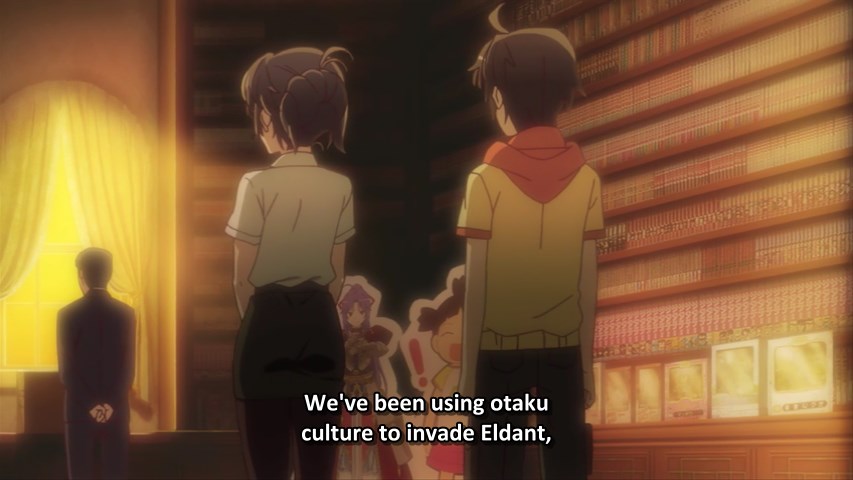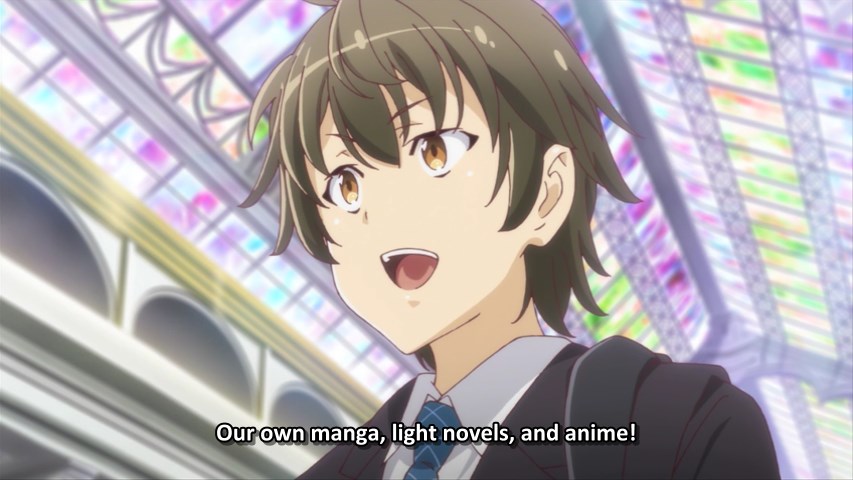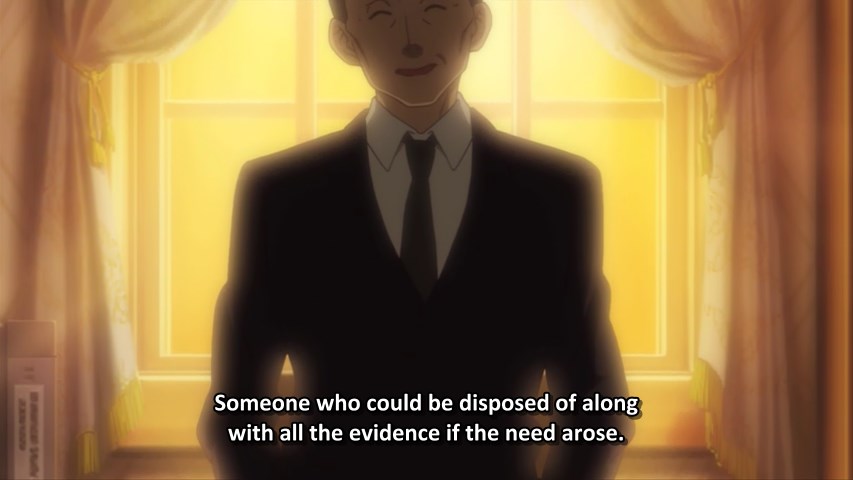Outbreak Company
20 June, 2022
Although it’s common to think of the isekai explosion as a 2010s phenomenon, this is not entirely accurate. No Game No Life, Konosuba, Mushoku Tensei, and Re: Zero all date to 2012; 2011, when the Outbreak Company light novels began publishing, was still a bleak period for the genre. Like many of its successors, it shares a hikikomori protagonist, who enters the other world as a result of performing well on an otaku culture exam and is assigned there through a government posting. The main character is there to export cultural products, is assigned a half-elf maid named Myucel, and becomes the teacher at a special school for Japanese culture.
Outbreak Company is often compared to Gate: Jieitai Kanochi nite Kaku Tatakaeri – but with an aim for the cultural victory route, instead of the military victory one. And this comparison is apt, although there’s also a fundamental political difference between the two series, with Outbreak Company proving by far the more skeptical of the Japanese state.
The series is even more relatable to international audiences for its focus on otaku who are also foreigners (to Earth, in this case, as well as to Japan) and the metaphor of Japan’s government using anime and manga as a form of soft power is not very subtle – but then again, it never reaches the heights in real life that it can with a secret other world, one linked through a hyper-dimensional passage in Mount Fuji.
.mp4_snapshot_08.46.308.jpg)
The Eldant Empire's traditional, highly stratified, quasi-medieval culture is undermined by the prospect of entertainment and equality, complete with an empress named Petralka who often quarrels with Myucel.
.mp4_snapshot_18.04.178.jpg)
.mp4_snapshot_15.49.078.jpg)
.mp4_snapshot_19.13.053.jpg) (But does "our culture" really mean Earth culture in general, or just the culture of otaku?)
(But does "our culture" really mean Earth culture in general, or just the culture of otaku?)
.mp4_snapshot_18.56.584.jpg)
.mp4_snapshot_08.10.388.jpg) As an aside, if you love something, keep it on your hard drive; it's even more important now in this age of internet censorship than it was in 2013, and extra useful if you get summoned to another world!
As an aside, if you love something, keep it on your hard drive; it's even more important now in this age of internet censorship than it was in 2013, and extra useful if you get summoned to another world!
The school is attacked by a group of xenophobic terrorists named for (and somewhat even based on) the Patriotic Knights from Ginga Eiyuu Densetsu but Myucel’s heroism during the incident wins over Petralka.
.mp4_snapshot_06.22.671.jpg)
The middle episodes of the show, however, are more reminiscent of a series like Genshiken or Comic Party; like them, it’s a loving tribute to otaku culture, complete with listing the favorite anime of characters at eyecatches.
.mp4_snapshot_11.52.885.jpg)
.mp4_snapshot_09.32.006.jpg)
.mp4_snapshot_12.13.858.jpg) Unlike them, it’s an isekai, so most of the characters are elves and dwarves, and by definition newbies for whom Japanese is a 2nd language. We get a princess becoming a hikikomori, a beach episode, a werewolf spy drawing fanart, and a sports homage.
Unlike them, it’s an isekai, so most of the characters are elves and dwarves, and by definition newbies for whom Japanese is a 2nd language. We get a princess becoming a hikikomori, a beach episode, a werewolf spy drawing fanart, and a sports homage.
.mp4_snapshot_08.06.170.jpg)
.mp4_snapshot_12.35.010.jpg)
We also, in the tradition of very many isekai before 2012, and far too few afterwards, get a trip to Earth – but this one is more in the line of tourism than invasion, complete with a visit to an Animate store and a maid cafe where Myucel out-maids the employee.
.mp4_snapshot_09.53.379.jpg)
.mp4_snapshot_10.25.156.jpg) (One is reminded here of how Tamahome also marvels at the existence of trains, or how Koromon and Tsunomon try to attack one)
(One is reminded here of how Tamahome also marvels at the existence of trains, or how Koromon and Tsunomon try to attack one)
.mp4_snapshot_15.24.022.jpg)
It’s loads of fun, but the plot isn’t advanced by any of the middle six episodes all that much. It’s in episode 10 and especially 11 and 12 which return to the real meat of the show: first we see a fan documentary (as otaku culture, after all, is fundamentally about fanworks) then Kanou learns of Japan’s to reduce Eldant to a dependency by means of cultural conquest and siding with the other world.

 The tension between mainstream society (which, after all, left Kanou a hikikomori) and otaku culture intertwines brilliantly with that between the two worlds, and the way in which the latter ultimately outmaneuvers the former is more satisfying than the death of many a demon king.
The tension between mainstream society (which, after all, left Kanou a hikikomori) and otaku culture intertwines brilliantly with that between the two worlds, and the way in which the latter ultimately outmaneuvers the former is more satisfying than the death of many a demon king.

